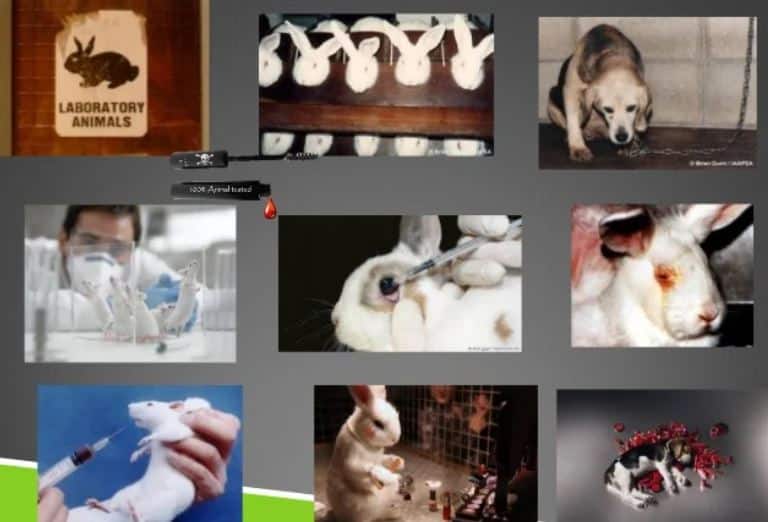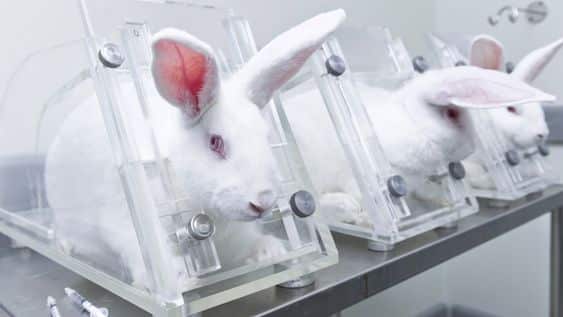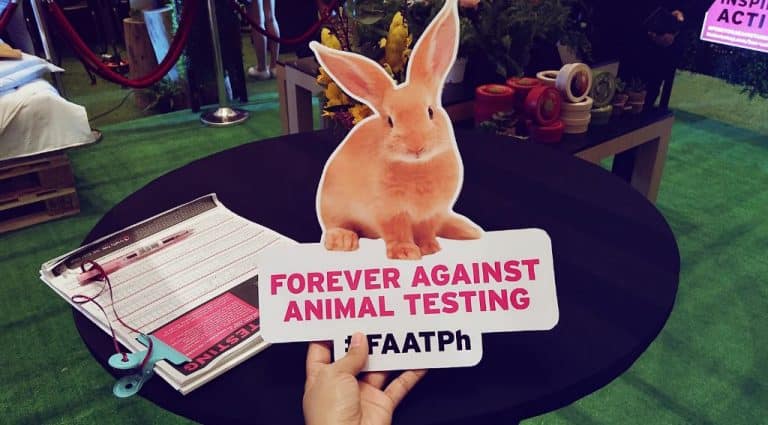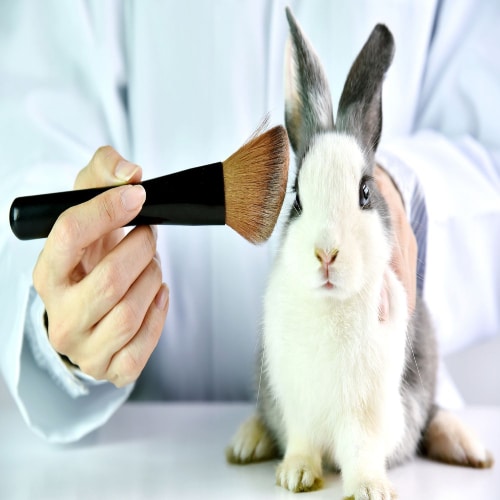How Many Animals Die from Animal Testing Worldwide
Do you know how many animals die from animal testing daily in laboratories? Animal testing is an inhumane practice done on animals to check the efficacy of medicines and test newly made products. As the animals are tested, they experience unusual treatments and are force-fed drugs. These experiments are so cruel that many of the animals are deliberately sickened and infected with diseases or poisonous chemicals. The majority of animals used in these tests are rats or mice. Rodents, monkeys, pigs, other primates, sheep, and rabbits are also used for these experiments.
Many of these animals have to live in barren cages, and they are brutally killed once the experiment is complete. However, these tests are unreliable because animals don’t catch all the side effects and may show different side effects than humans. Due to the inaccuracy of these tests, many animal welfare organizations have criticized this outdated methodology and are advocating the welfare of the animals.
Let’s take a look at the shocking facts related to how many animals die from animal testing and why these experiments are bad.
Some Eye-Opening Animal Testing Statistics
- 560,000 animal tests conducted worldwide have led to severe to moderate suffering in animals. In most cases, the animals experienced severe distress or pain throughout the trial.
- 56% of animal testing is conducted for basic research. Most of these tests are driven by the curiosity of the University researchers. As per the statistics, out of all the experiments conducted, only 13% are required by regulators.
- More than $12 billion money paid by the taxpayers gets wasted every year on animal testing. PETA revealed that $210 a month could be provided with this money to food-insecure seniors. The government could also provide $715 to 1.4 million homeless veterans every month and hire additional 300,000 teachers.
- Statistics reveal that AWA covers only 820,000 animals for testing. Approximately twenty-five million animals do not get adequate protection during these tests, leading to potential mistreatment and abuse.
- The Covid-19 pandemic showcased that animal testing can be skipped. Researchers developed and tested efficient Covid-19 vaccines on human volunteers.
- Only 20% of the countries worldwide have banned testing on animals. The rest of the countries are still looking for alternatives to animal testing.
- To register a single pesticide, the researchers must conduct animal testing for almost a decade. This further led to the deaths of approximately ten thousand animals, including rats, guinea pigs, mice, rabbits, and thousands of dogs.
- The E.P.A. Administrator estimates a 30% reduction in animal testing studies by 2025.
- The United States is one of the leading users of animal testing, with China being the worldwide leader. The European Union, France, Germany, and the United Kingdom are leaders in animal testing.
- Animal experimentation has a 96% failure rate, as 90% of products that are tested on innocent animals never enter the market.
- Rodent cancer studies on animals are very time-consuming and cost multiple millions of dollars. It takes approximately $2-4 million to conduct a lifetime study on two species.
- 100% of HIV vaccines that showed positive results in animal tests proved to be ineffective in humans.
- 56% of US Citizens consider using animals for scientific testing ‘Ethically Acceptable.’ With half of the American citizens advocating such practices, banning animal testing in the USA can be difficult.
- Almost forty-nine research methods are available that can be a good alternative to animal testing. Human volunteers, computer models, and human cell-based research have proven to work.
Top Horrifying Animal Testing Facts that You Must Know
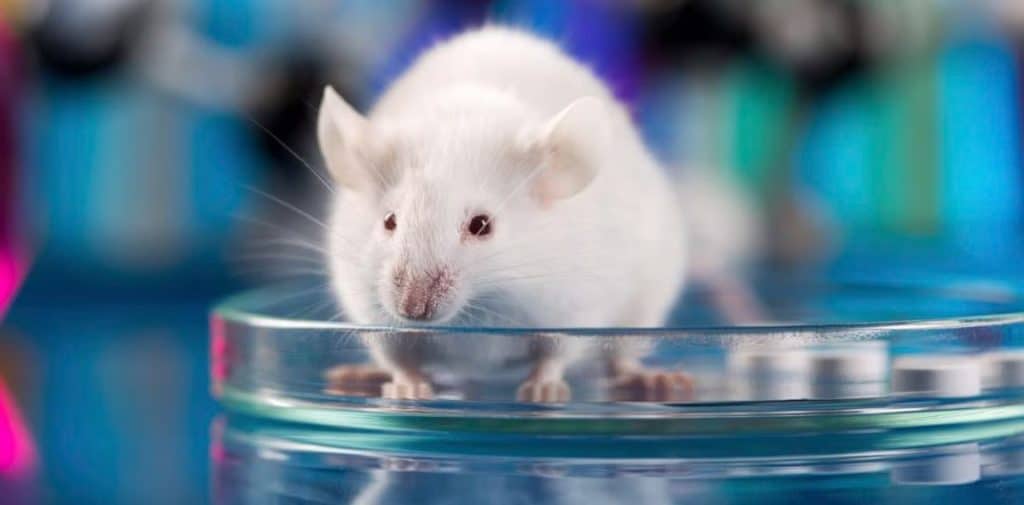
- Every year, over 100 million animals are poisoned, crippled, and burned in the US labs.
- Even when the AWA offers protection to the animals, they are tortured and abused in the laboratories. Despite the availability of valid alternatives for animal testing, these methods are not used, and the exploitation of the animals continues.
- The laboratories often buy shelter dogs for testing various products. This practice has been prohibited in sixteen states, but it continues in many other regions.
- You’re supporting animal research by supporting your favorite charities. Charities like the American Heart Association, the American Cancer Society, the American Red Cross, the Alzheimer’s Association, the Breast Cancer Research Foundation, etc, support animal research.
- Every time a new flavor is launched by a tobacco company, animals like rats, monkeys, rabbits, and dogs are forced to inhale the smoke of the cigarette smoke for a long time. When the animals can’t move, they are confined to tubes and are forced to inhale cigarette smoke in large amounts. To see the extent of damage, they are even killed at times.
- The animals used in the lab tests don’t need to be reported, meaning the truth about animal testing remains hidden. This also makes it difficult to find out how many animals die from animal testing every year.
- Animal testing is required by law for cosmetics and pharmaceuticals to ensure they don’t cause any potential harm to humans.
- In potential carcinogen tests, animals are given a substance for 2 years continuously every single day. Other tests can also have horrific implications, like killing pregnant animals, torturing them, keeping them in cages, and testing their fetuses.
- Eye and skin irritation are the most common cosmetic tests performed on animals. During these tests, harmful chemicals are dripped into the eyes or rubbed on the shaved skin of animals without any pain relief.
- Cosmetic animal testing stats have brought into the limelight the reality that over a hundred famous beauty brands still test on animals. None of the Chinese cosmetic brands can fully call them “cruelty-free.”
The Complicated World of Animal Testing
While animal testing can inflict severe harm to the animals, they have also successfully protected the lives of humans. There is a mixed opinion about animal testing. While many people are against animal testing, few advocate this process to safeguard humans. Through animal testing, it became possible to make the life-saving polio vaccine. In 1988, approximately 350,000 polio cases were reported. With the help of the polio vaccine, this number was reduced in 2018 to just 33 cases. So, this can be a touchy topic, and effective alternatives need to be found to prohibit animal testing without causing any danger to human life with the new medicines and cosmetics that are being manufactured every day.
Remember, animal testing can help reduce the potential side effects of newly developed products on humans, but it can have life-altering consequences on the animals. Many animals even die during the animal testing process.
So, if you want the animals to live a safe and secure life, you must say no to the products that are tested on animals. This conscious decision will bring an end to the suffering that the animals have to undergo during the horrific experiments.
Global Leaders of Animal Testing
1. United States
The United States is known to be the hotspot of animal testing. Over a hundred million animals are tested in U.S. laboratories every year. What’s worth noting is that up to 90% of animals that are used in U.S. laboratories by researchers and scientists are not even counted in the animal testing official statistics. So you can’t even find out how many animals die from animal testing in the US every year. The US showcases a contrast between the companies that are very conscious about animal cruelty and have taken all the required steps to eliminate it and companies that test on animals despite the various alternatives that are easily available.
2. China
Animal testing statistics have revealed that China is the second country where animal testing is performed at an ever-increasing rate. China is the only country that has mandated testing on certain cosmetics like sunscreens, skin-whitening, hair dyes, and anti-freckling products. Sixteen million animals are used in China for animal testing every year. Also, none of the cosmetic companies in China are fully cruelty-free. Animal testing is conducted in China in the product registration phase and when the product starts selling in stores. Brands with a GMP certificate have been exempted in China from pre-market animal testing.
3. Japan
Japan uses the highest number of experimental animals for life science and medical research in the world. Approximately 11 million animals are used in Japan every year for animal testing. Japan has not even implemented any laws to ban animal testing. The rate of animal testing is so high in Japan that it is performed every 1.75 seconds in the country. For the establishment of an animal testing facility, no permission or permit is required in Japan.
4. European Union
The European Union is dominating the animal testing segment. 9.4 million animals are subjected to animal tests annually in the European Union. 1,306 monkeys and 2,785 dogs are tested yearly for dose toxicity tests in the EU. While the European Union has emphasized reducing animal testing to a minimum, it has no policies to ban it.
5. Australia
Australia ranks fourth for animal experimentation in the world and uses it for environmental, educational, or biological purposes rather than commercial. The country recently banned animal testing, but there is still a lack of transparency regarding animal experimentation records. Unspecified tests, biological understanding, and environmental studies are the topmost reasons for animal tests in Australia. It is impossible to find out how many animals are killed from animal testing in Australia as the nation maintains great secrecy over this.
Shocking Statistics About Animal Testing
- 68% of US nationals do not support animal testing. Before conducting research on animals in the UK, researchers have to prove to the concerned authorities that the test can’t be done with the help of other formats like human volunteers and computer models.
- Stats of 560,000 experiments proved that animals underwent lots of mental agony and pain during the tests. Poking, stabbing, prodding, burning, and drowning are the horrors animals have to experience when they are tested.
- Due to a lack of transparency, 41% of UK nationals feel that the organizations that conduct animal testing are secretive.
- Forty-nine alternative test methods are available, which can prevent the need for animal testing. Alternative methods like human volunteers, computer models, and human cell-based research are excellent alternatives to animal testing.
- The Environmental Protection Agency aims to reduce the testing of mammals by researchers and scientists up to 30% by 2025.
- Despite making many efforts and implementing successful strategies, 90% of novel drug development becomes a big failure. This means the government and taxpayers are wasting much money on animal testing.
Worldwide Animal Testing Statistics that Might Shock You
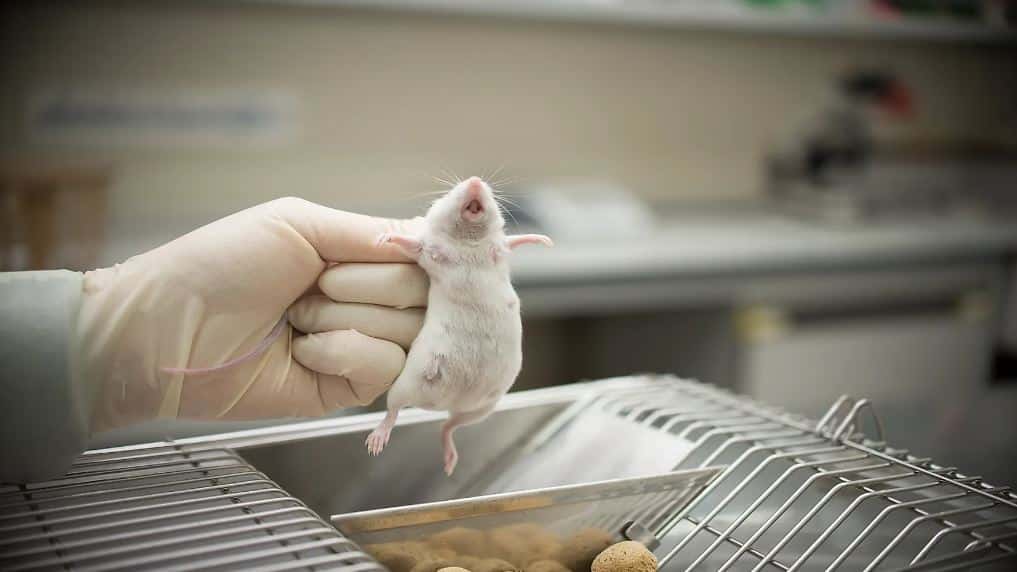
- In 2018, 123 rabbits were used for skin irritation tests in the UK. In most of these tests, the rabbit’s fur was shaved off, and an unknown topical substance was applied, resulting in sting, burn, and even injury to the rabbits.
- In Europe, 12.3 million animal testing was performed in 2018. Under the EU Cosmetics Regulation, cosmetics testing is banned on animals. Still, the European Commission and European Chemicals Agency argue that ingredients that are used in cosmetics excessively may be tested on animals.
- In 2020, 2.9 million animals were tested in the UK. There has been a decrease in these numbers as the UK government has decided to refine, replace, and reduce the use of animals in research.
- In 2015, 192.1 million animals were tested in different laboratories worldwide. According to PETA, most of the tests were conducted on mice, fish, reptiles, rats, and birds, with a small percentage being non-human primates, dogs, or cats.
- Stats of different animal tests were analyzed, and it was concluded that the animals had to undergo lots of pain and mental agony during these tests.
- Around 110 million animals are brutally killed in the US for testing different products. 53% of research is conducted on hamsters, guinea pigs, and rabbits, 9% on non-human primates, and 10% on cats or dogs.
Conclusion
Animal testing is an unethical practice that severely harms the animals and causes lots of pain and mental agony to them. However, the truth is that these practices are still carried out worldwide to determine the efficacy of the newly developed products. Due to the lack of transparency regarding animal testing records, it becomes difficult to find out how many animals die from testing. Animal testing can play a significant role in human research.
Still, many alternative methods and modern technology are available to reduce the number of animals and tests needed for gathering such information. If you’re against animal testing, you can do your bit by refraining from buying the products tested on animals. These small efforts can help the animals lead more secure and pain-free lives. If you need more information about animal testing and its implications, you can check out the startling facts mentioned above.
We hope together; we can create a better future for the innocent animals and save them from the pain and distress they must undergo during the tests.
Frequently Asked Questions
Why Should Animal Testing Be Banned?
Animal testing should be banned because it causes great harm to the animals, and the results of these tests are often inaccurate. It is also much more time-consuming and expensive than in-vitro methods.
What are the Better Alternatives to Animal Testing?
Cell culture, human volunteers, computer models, and human tissues can be the better alternatives to animal testing. These nonanimal testing methods are more effective, cheaper, and less time-consuming than animal tests.
Which Countries Have Banned Animal Testing?
Some countries that have banned animal testing include the European Union, Israel, India, New Zealand, and Norway. Animal testing on cosmetics has been banned in 41 countries, including 21 European Union countries.
How Many Animals Die from Animal Testing Worldwide?
It is difficult to estimate how many animals die from animal testing because animals used in lab tests don’t even need to be reported in a few countries. Because of this, the truth about animal testing remains hidden. But as per the general estimate, One animal dies in the US laboratory every second and in the UK every 12 seconds.
What are the Benefits of Animal Testing?
Animal testing allows researchers to find new vaccines, medications, and cures and check their efficacy. These tests provide valuable information about human systems and help in checking the safety of the products before humans use them.

